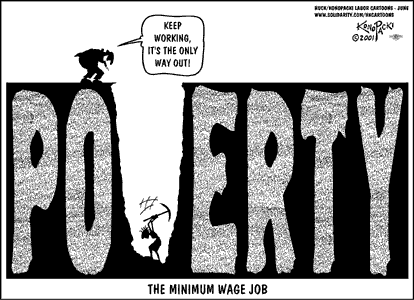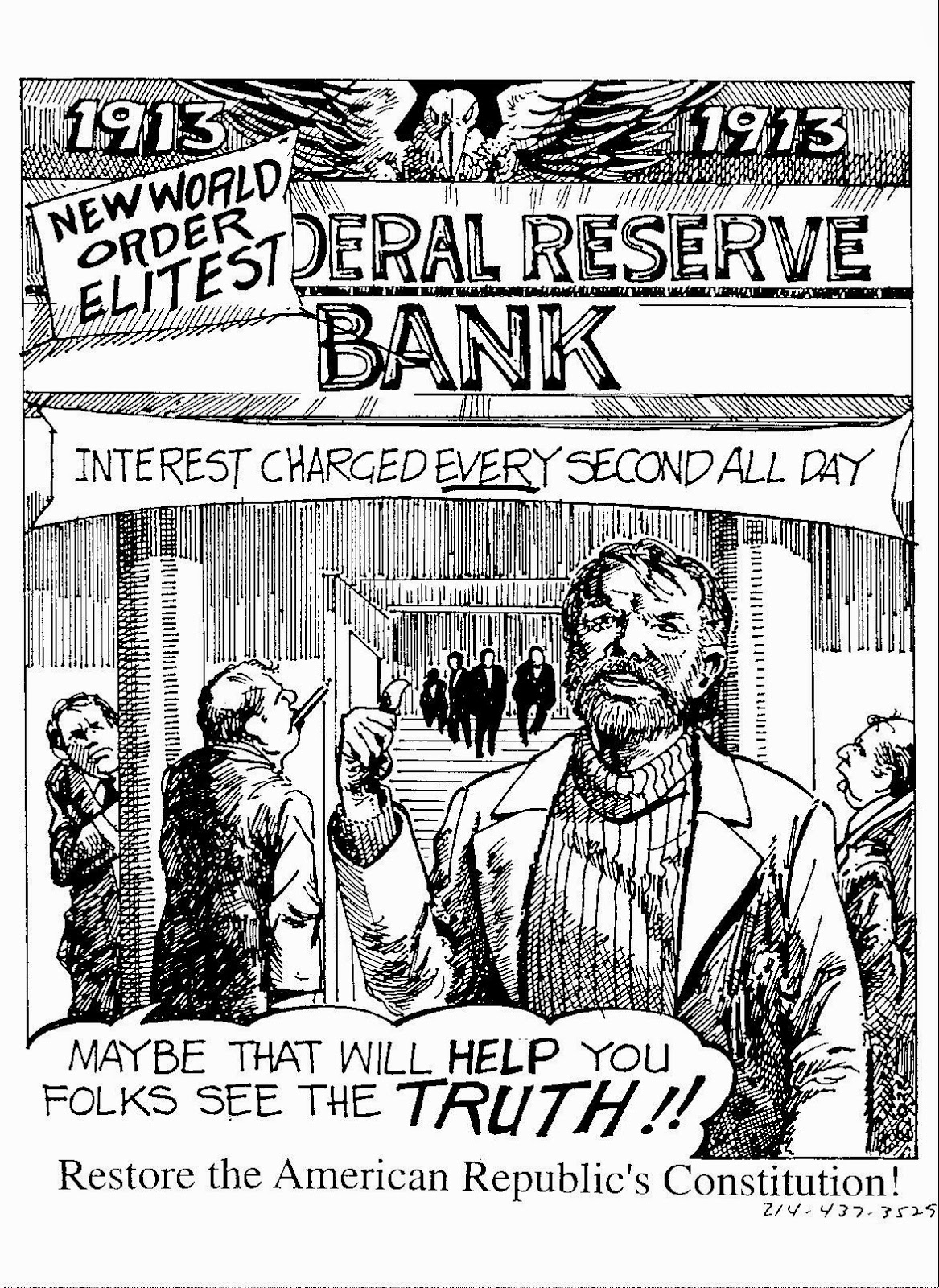The New Macroeconomic Consensus (NMC) model is based on three simple equations. An IS equation that, contrary to what most discussions within the heterodoxy suggest, is based on a Ramsey model intertemporal approach to savings and investment, a Phillips curve (PC) equation, normally with rational expectations, and a monetary policy (MP) rule, typically Taylor’s rule. From the IS and the MP an aggregate demand (AD) curve is derived, while the PC provides an aggregate supply (AS) curve, similar to Lucas’ supply curve. Business cycles are seen as being determined by shocks, either monetary, that affect the AD curve, or real, which impact the AS curve.
A few things are important to note with respect to the NMC model. First, the IS curve now is not based on the traditional Keynesian multiplier process, by which savings adjust to investment (or in more sophisticated models with endogenous investment, to autonomous demand) as a result of variations to the income level. Agents make intertemporal decisions on consumption and savings, and investment adjusts, in the absence of imperfections, to full employment savings as in the pre-Keynesian models. That is the reason why in order to stimulate the economy it is often suggested that what is needed is higher inflationary expectations (which in this framework could be caused by the central bank announcing a higher inflation target), which would in turn lead to an increase in current consumption (since inflation would reduce future consumption possibilities; see my critique of this view, which I refer to as the inflation expectations fairy,
here).
Second, both the New Keynesian Phillips Curve and the Taylor rule presuppose the existence of a natural rate of unemployment, in line with Milton Friedman. Further, stabilizing the rate of inflation around its target is tantamount to stabilizing output around its full employment level, a result sometimes referred to as the ‘Divine Coincidence.’ Thus, inflation is always the result of a level of unemployment that is below its natural level, or in other words caused by demand-pull. Supply-side shocks may eventually cause inflation too, but those are seen, at least by most New Keynesians as being of secondary importance. Even Lucas, who has accepted for the most part the Real Business Cycle story, admits that one cannot explain the Great Depression and other such crises with real shocks.
Third, the MP rule implies that money is endogenous, and that central banks control the rate of interest and NOT the quantity of money. In other words, the old Monetarist rules about the rate of growth of money supply are out, since actual central banks very rarely have behaved in that way. This ‘innovation’ (not much of an invention since Wicksell used more than a century ago) within the mainstream took place without ever acknowledging the contributions of Kaldor (accomodationist tradition to endogenous money), Minsky (financial innovation tradition to endogenous money), Moore and other post-Keynesian authors.
Finally, it is rather clear that the NMC is essentially a neo-Wicksellian model (for a simple description go
here), rather than Keynesian (New or otherwise). Not only the multiplier model was abandoned (and with it even the basis for fiscal policy activism, since the logic of Barro’s Ricardian Equivalence has been incorporated; see Wren-Lewis
here), but also the concept of the natural rate that Keynes at least tried to get rid of has become central for policy analysis. And here is the Achilles’ heel of the NMC model.
Note that if the natural rate is not fixed, and in particular if it presents hysteresis or path dependence, and moves with the actual level of unemployment, then the basis of the NMC model falls apart. In other words, expanding demand might reduce the natural rate of unemployment and would not trigger inflation, and as a result would not require the central bank to hike the rate of interest to lean against the wind. That was, in a sense, the rationale for not hiking the rate of interest when unemployment fell below 6%, which many identified as the natural rate, during the Clinton boom. Greenspan suggested that productivity was going up (note that he didn’t necessarily say that productivity went up, and the natural rate down, as a result of the expansion of demand).
There are good logical reasons for not believing the natural rate story, as we know, associated to the limitations of the marginalist theory (see
here). However, there are also reasonably well-established empirical problems with the natural rate hypothesis. The Real Business Cycles authors, in particular Nelson and Plosser in their classic paper (
here), have long ago shown that output follows a random walk. In other words, changes in output are permanent, and there is no tendency for output to revert to its former trend following a shock, contradicting the natural rate hypothesis, or suggesting if one prefers that the natural rate moves with supply-side shocks and that the business cycle is the result of agents adjusting their behavior to the change in the natural rate.
As I noted before (
here), the actual measure of productivity (Total Factor Productivity, TFP) used by RBC authors does NOT measure productivity, and most of their conclusions are irrelevant really. Also, as suggested above, it would be impossible to pin down the real shock that caused the Great Depression or the Great Recession, that have structural causes that are profound (in the patterns of consumption, private indebtedness and inequality) and that were triggered by financial shocks. However, the notion that the natural rate is not fixed, and that it changes significantly is actually quite important, since as we indicated, it suggests that policies that try to lean against the wind hiking the rate of interest when the economy is below the natural rate of unemployment are without foundation.
Heterodox authors would add to the RBC empirical observation about the fact that output is not mean reverting, that the supply or capacity limit of the economy is endogenously determined by autonomous spending (the supermultiplier that extends Keynes’ effective demand to explain potential output; for more go
here). This does NOT mean that one can expand the economy without limits, since if the expansion of demand is faster than the movement of the capacity limit, eventually full employment would be reached and inflation (demand-pull inflation) might follow. Note, however, than since the 1930s in the US unemployment was below 4% (to say a relatively low number) only for four short periods, during the mid-40s, early 50s, late 60s and late 90s, with inflation occurring in the first three periods. Also, it suggests that the main barrier to the use of demand policies to achieve full employment, at least in developed countries with no balance of payments problems, is political. As Kalecki noted long ago, sound finance would be the political instrument to keep workers’ demands for higher wages in line. The NMC model is the modern incarnation of what Kalecki’s referred to as sound finance. So who is really surprised with the dominance of austerity policies?





























